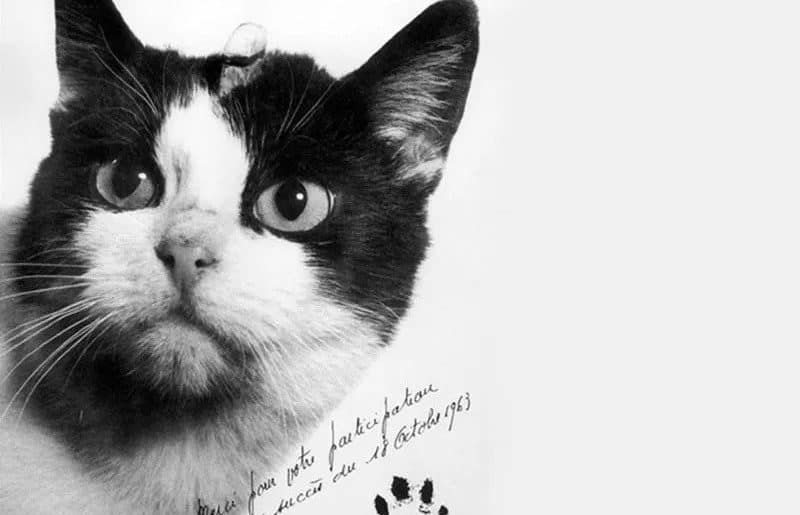Since the very beginning of space exploration, humans have always been fascinated with the mysteries of space. We’ve always wanted to explore space and discover what lies beyond our planet.
Thanks to years of tireless work by scientists, this dream finally became a reality when Yuri Gagarin completed a single orbit around Earth on April 12, 1961, becoming the first human to venture into space.
But did you know that before we sent humans, animals became the first passengers to test the safety of space travel?
From dogs to monkeys, mice, and even fruit flies, these brave animals have helped pave the way for human space exploration. They were sent to assess whether or not humans could survive spaceflight.
Perhaps you’ve already heard about Laika, the well-known Soviet space dog that became the first canine in space aboard the Sputnik 2 on November 3, 1957.
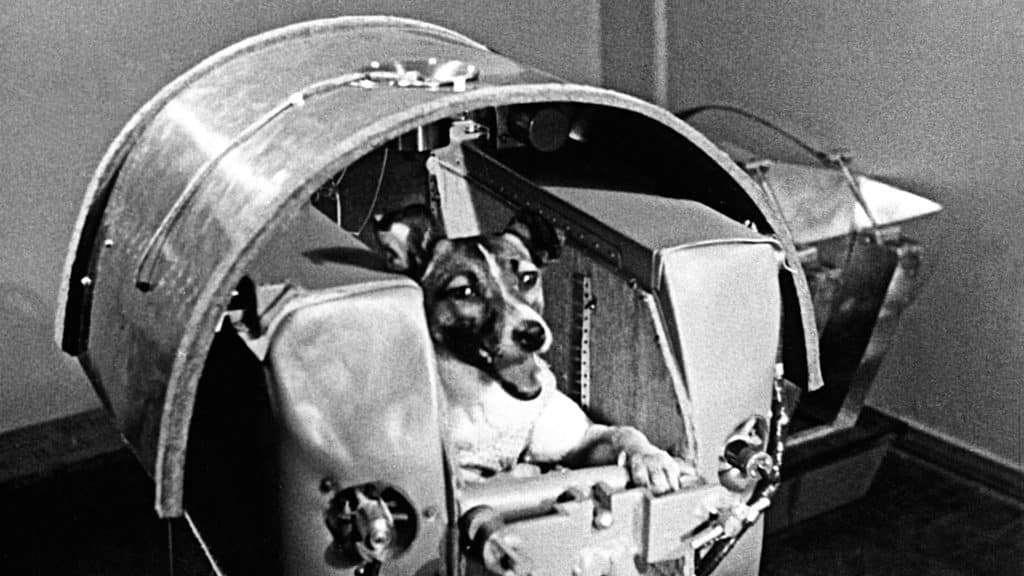
How about Ham, also known as Ham the Chimp and Ham the Astrochimp? He’s a chimpanzee that became the first great ape launched into space on January 31, 1961.
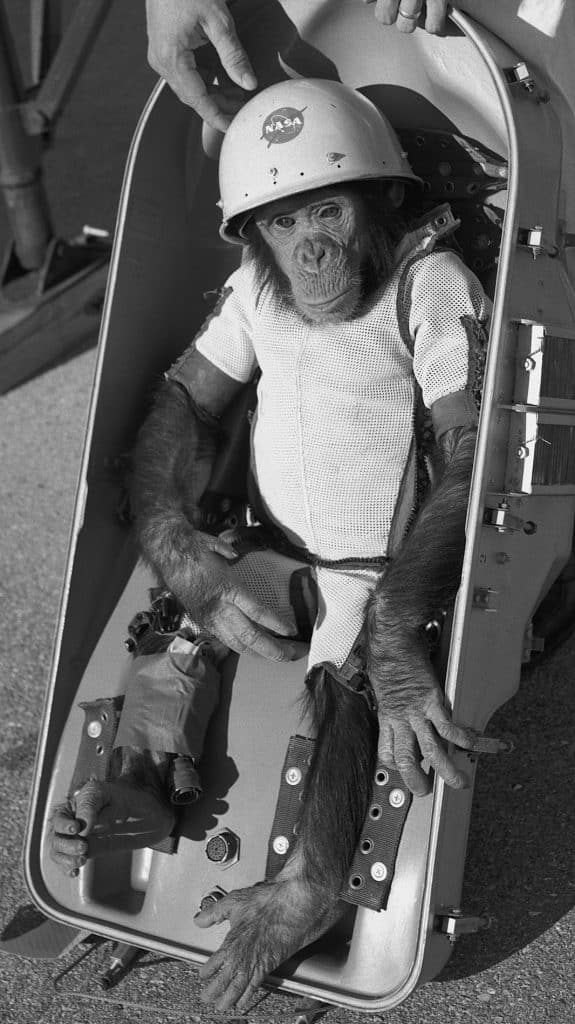
Now, what if I tell you there’s also the first cat in space that also helped to pave the way for humans to go to space?
Yes. You read that right.
Meet Félicette, a tuxedo Parisian stray that became the first and only feline to ever travel to space.
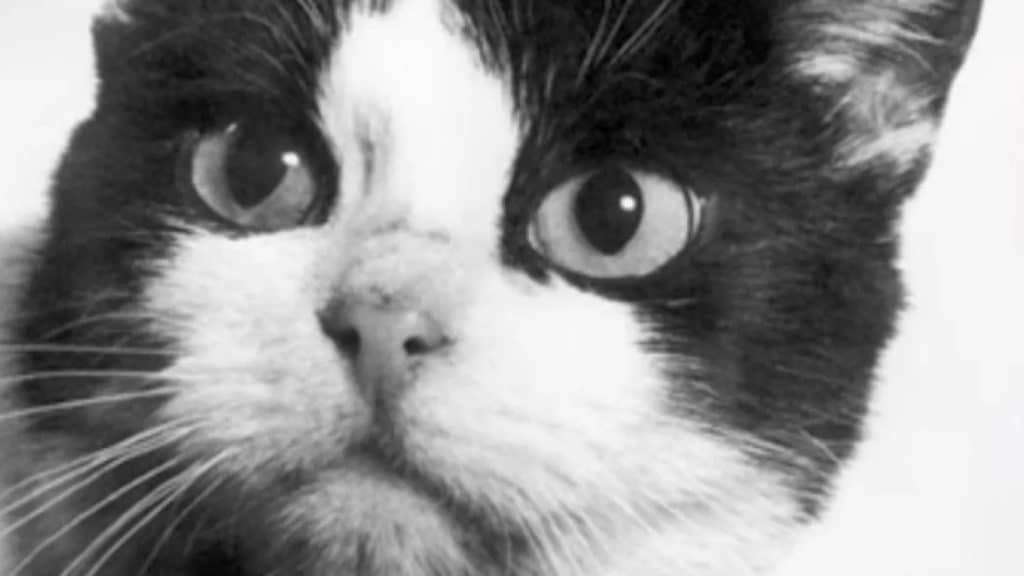
In the 1960s, scientists used dogs and monkeys to test the dangers of outer space and determine if humans could survive space travel.
Dogs were the preferred option for Russia, while monkeys were the favored choice for the US. However, France took a different approach and used cats instead of traditional laboratory animals.
Félicette was a stray cat that lived on the streets of Paris before. Then, she was acquired by the scientists at the Centre d’Enseignement et de Recherches de Médecine Aéronautique (CERMA) to join a team of 14 cats that would undergo spaceflight training.
The cats were intentionally not given names to prevent staff from becoming too attached to them and potentially influencing outcomes.
The cats underwent a rigorous screening process and intensive ‘astronaut training.’ To gauge their reaction to reaction to confinement, they were placed in small containers for extended periods.
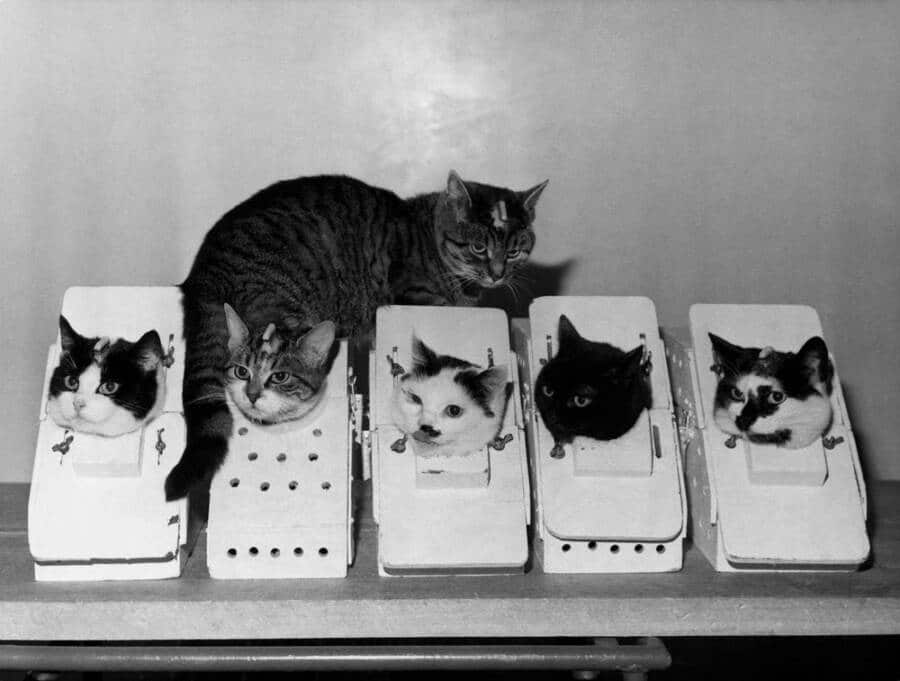
Additionally, electrodes were implanted in their brains to monitor their neurological activity during the flight.
The cats were also subjected to several months of being spun around in a centrifuge to simulate the G-forces of lift-off and re-entry.
Eventually, six cats, including a tuxedo cat identified only as ‘C341’, were selected to move on to the next stage.
Of all the cats, Félicette was selected for the final mission to space because of her calm demeanor and ability to maintain her weight.
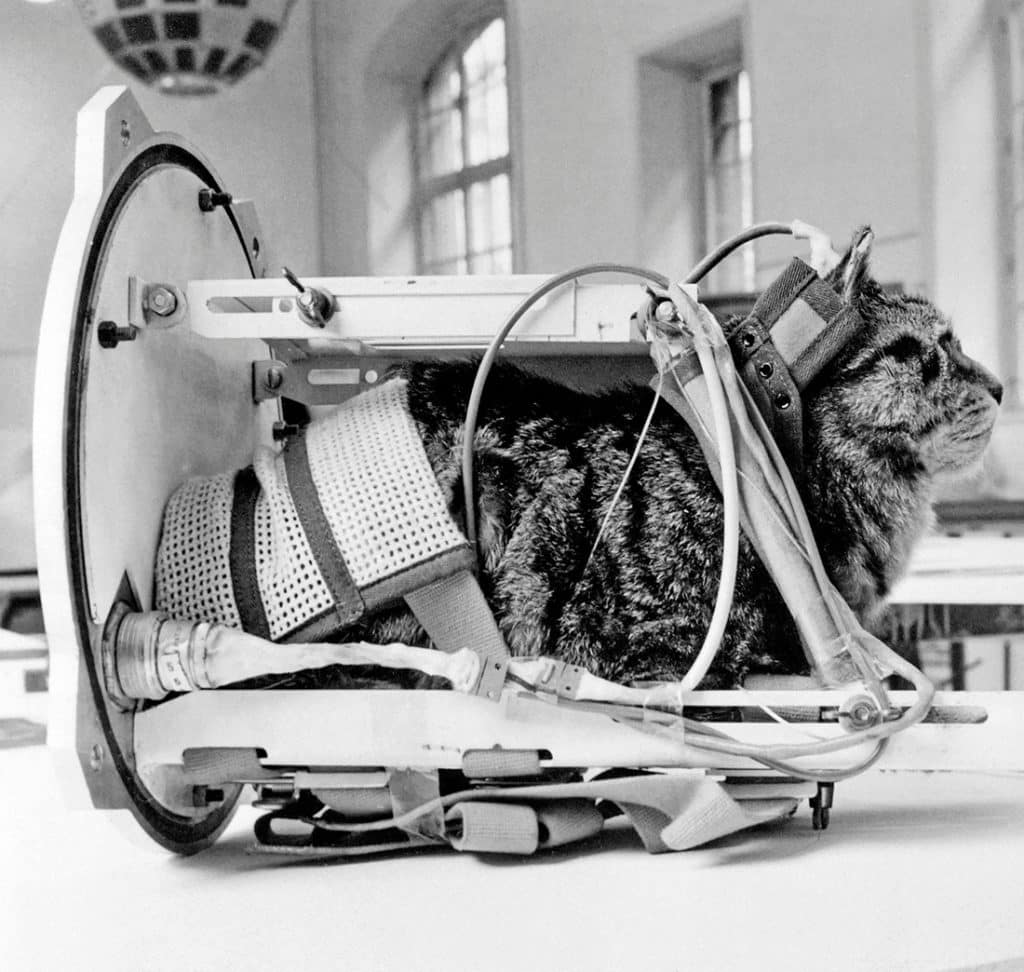
On Oct. 18, 1963, She was launched on a suborbital flight aboard a Veronique AGI sounding rocket at 8:09 a.m. in Hammaguir, Algeria.
The rocket flew nearly 157 km above the Earth, where she briefly experienced weightlessness. The duration of her space travel was only about five minutes.
After fifteen minutes, Félicette’s capsule landed, putting her safely back on Earth. However, she was retrieved in an unusual position, hanging upside down with her bottom up in the air.
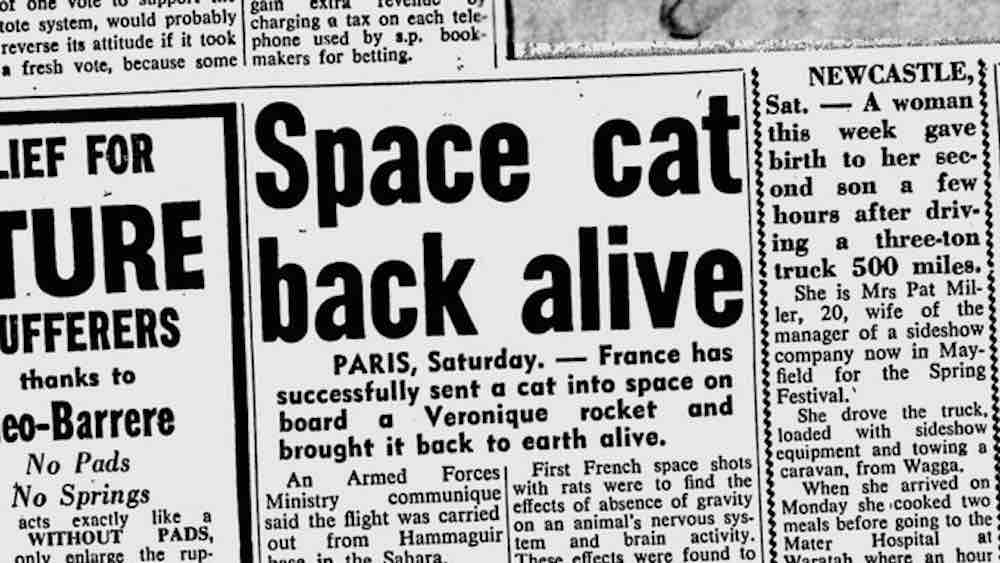
Félicette’s journey made her a celebrity, but her fame was short-lived.
Two months after her return, scientists had to put her down to examine her brain and study the impact of space travel on her body. They wanted to know if she had suffered any damage, anatomical or physiological.
They later found that the information they gathered had no use from the autopsy.
Despite Félicette’s legacy, her contributions were largely forgotten. She also had no proper memorial.
Thankfully, a bronze statue was built in her honor inside the Pioneer’s Hall at Strasbourg’s International Space University in 2019. The statue depicts Félicette seated on top of planet Earth, gazing up at the stars.
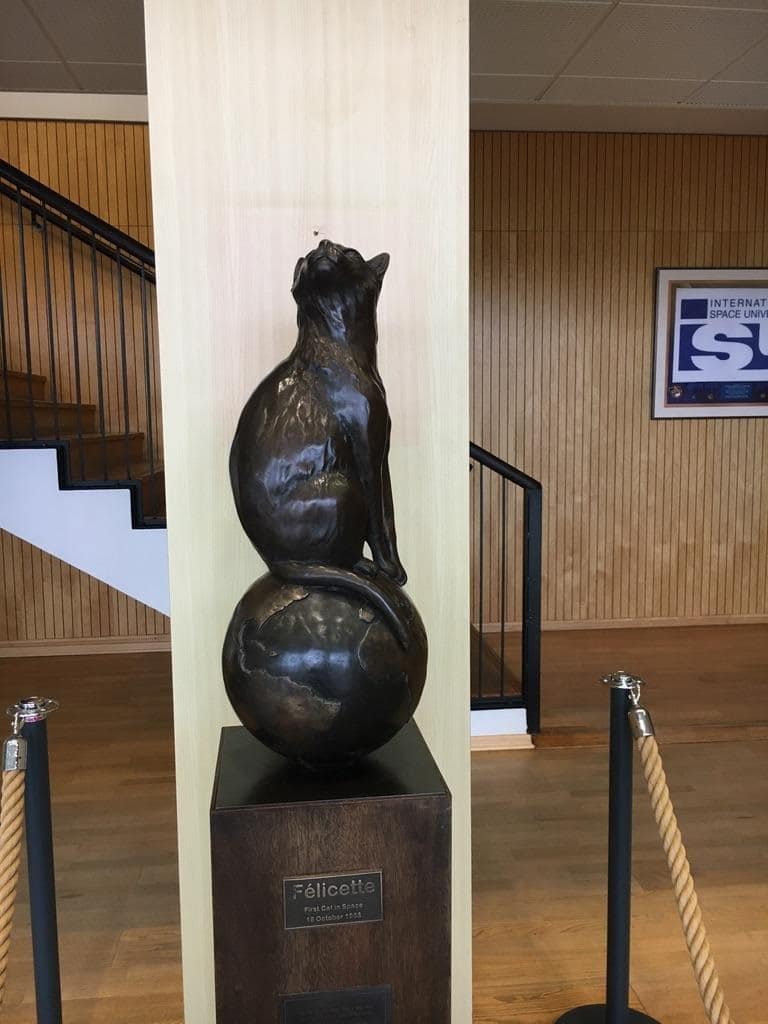
Additionally, the same room contains a bust of Yuri Gagarin, the first man in space.
